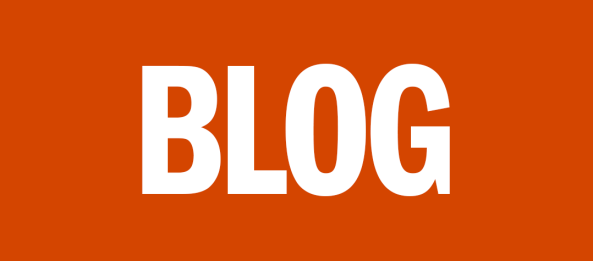This week was our second to last Intro to Digital Communication class – I can hardly believe is already almost over! Over the last 10 weeks, we discussed digital convergence, public relations, advertising in the digital age, and much more. All of us talked about what we thought was the most interesting thing we learned in this class, and I must say we have a smart group!
I originally said in the class that digital convergence was the most interesting to me – mainly because we don’t really think about how technology has changed how we communicate, we just take it as it comes. However, one thing that interested me the most was the topic of “Big Data.” I talked about Big Data in a previous post, but I really think it is so captivating how it continues to advance.
It’s a little mind-blowing to think about how much digital communication has evolved over time, and how much of our personal life is out in the digital space. Our interests, thoughts, inquiries, etc. are all out there for the Internet to analyze and break down to assist organizations in targeting their consumers; thus, leading to more customization when we search the web. We continue to see advertisements for things we are interested in show up on our Facebook page or Pandora playlist, but where will they go next? We see how they play out in the current digital space, but with continuing changes, it makes you wonder what other types of data they can collect from us and how it’ll be used.
All of the changes over the years really makes you wonder – what else will be different in the future? We’ve seen many technologies played out in movies come to life, such as robots or self-driving cars, but what’s next? I’d love to hear what you think!
I’m sad to see this class is almost over, but very thankful for all I’ve learned. It has reminded me that I have taken on the right field for work!
